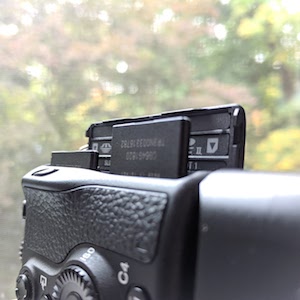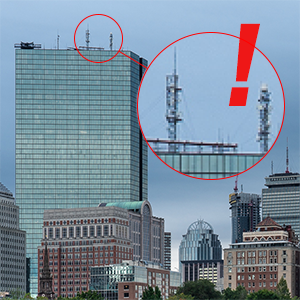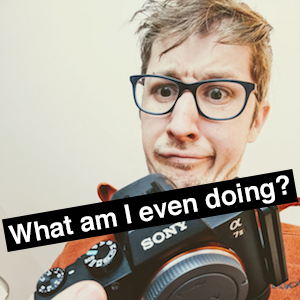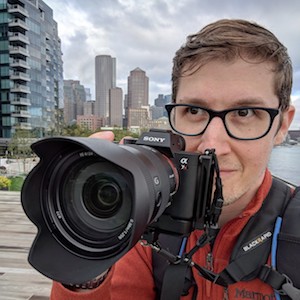-
What Do I Do With All of These Card Slots??

I recently moved to the Sony Alpha a7R III, and this is the first camera I’ve ever owned with two memory card slots. Naturally this gave rise to the question: what do I do with all of these card slots, anyway?
If you read or listen to almost any photography news at all, you’ve probably already gotten wind of the post-Photokina chatter regarding card slots. Canon and Nikon both released new mirrorless cameras and both of them have—hold onto your hats—only one card slot!
As a guy who has shot with a single card slot for decades and not paid much attention to it, this of course struck me as a bit of an overreaction, but I’m also not a working photographer so I didn’t realize that two slots was an expectation at this point in time.
Okay, so, I’m new at this, what should I do with two memory card slots? I’ll tell ya!
-
Change Your Perspective
I saw this post the other day on DigitalRev talking about something called the “long lens challenge,” which was targeted at landscape photographers. The basic idea is to force yourself to use a long lens rather than a wide lens, even when the shot you really want is a wide one. The goal of the challenge is simple: force creativity.
After reading it, I wanted to give everyone here a similar but even more aggressive challenge: you should do this all the time.
I don’t mean only shoot with long lenses, that’s ridiculous, but you should constantly make yourself uncomfortable in search of creative breakthroughs. Here I’ll share why I think this is critically important, and give you a few quick things you can do today to reach the next level in your work.
-
Stop Pixel Peeping!

This is going to be a rant post, so if you’re not into that, feel free to go on your merry way and come back later after I’ve cooled down.
Pix•el Peep•ing, n.
- Closely inspecting a digital image with the intent to dissect its every flaw—and flaws in the equipment it was created with—even if such flaws would be invisible to any normal human in nearly any natural situation.
This is not a new thing, but Photokina just happened, which invariably sets off an avalanche of reviews and teardowns and intense analysis, and I’m not saying that that sort of work is completely without value, but, really, for the sake of the rest of us, just quit it.
-
Why Was I Such an Idiot?

Recently I’ve been watching this series of videos put out by fstoppers called “Photographing the World” in which Elia Locardi demonstrates photography and post-processing techniques that he uses in his own work.
After seeing some clever luminosity masking and blending techniques, I was inspired to return to some photos I had taken years ago in Chicago to see if I could “rescue” some of the shots that I had passed over way back then.
It was while looking through the shots I had actually published on my gallery already that I realized: I was a complete idiot.
And that’s a good thing.
-
What a Week of Selfies Taught Me About Photography

For a long time I’ve wanted a somewhat better self portrait photo to use on various accounts and websites. I’ve been using the same old boring picture of me standing in front of a blank wall for ages—three or four years, probably.
Since I had, at around the same moment in time, reluctantly caved to the pressures of modern society and signed back up for Instagram, I figured I could make this into a bit of a challenge for myself. What if I took a selfie every day for a week? I mean, not exactly one, but at least one. Every day. For a week.
So I did. Not only did I end up replacing my boring old photo with an awesome new one on most of my accounts, but I learned a critical photography skill that everyone, new or old to the craft, should live by.
I think anyone who does creative work can benefit from this advice, so I’m writing it down here on the internet.
 Single-Serving Photo
Single-Serving Photo